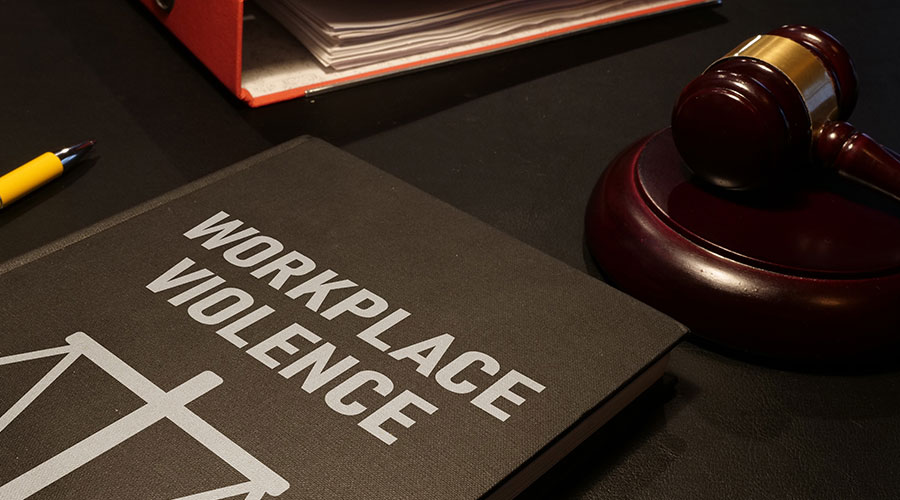When it comes to healthcare facility infection prevention programs, thorough and effective surface disinfection is always a top priority. Surface material compatibility is a critically important element that can sometimes go overlooked and have a tremendous impact on the prevention of healthcare-associated infections (HAIs).
A tightening of patient safety regulations has resulted in the need to increase the frequency of surface disinfection. As a result, hospitals are calling for disinfectant products that can kill germs more effectively to help offset costs, time and staff workload – creating an even greater focus on compatibility.
Surface material compatibility, a material’s ability to be exposed to a disinfectant’s chemistry without exhibiting signs of functionality-reducing damage, enables a healthcare facility’s devices to be properly cleaned and maintained. When a material’s chemical resistance aligns with a disinfectant’s particular chemical profile, patient safety and streamlined operations are ensured. When out of sync, a lack of compatibility can lead to the degradation of equipment surface material, a situation with serious implications for HAI prevention and the healthcare facility overall.
Understanding compatibility
To recognize which disinfecting products to use, how frequently to use them and on which types of surface materials, it is important to develop and understand proper infection prevention protocols. When manufacturers choose the materials with which they design healthcare facility devices, they don’t always have disinfectant compatibility in mind. Due to the large number of formulations on the market, it is difficult to test every disinfectant with every possible surface type. The result is a need for standardization. By limiting the variety of disinfectant formulations, a facility can benefit from reduced costs, easier staff training and compliance with infection prevention protocols.
However, standardization can come with a hidden price tag. Such consideration can lead to the use of formulations that are incompatible with the materials they are meant to clean, hastening frequent breakdowns that can incur significant costs to a facility over time. Most importantly, problems with compatibility can have a profound impact on patient outcomes. When surface materials are disinfected improperly and begin to exhibit signs of damage, they can harbor more bacteria than would be present if they were in good condition. When medical devices break down and are out of commission, patients may experience prolonged hospital stays and an altered quality of overall care as a result. The risk of acquiring an HAI also rises, increasing both financial costs and poor patient experience.
Additional factors can also impact compatibility. Extreme temperatures can accelerate the chemical reaction between the disinfectant and surface material, as can the presence of stress within a device enclosure. Such stress can be trapped within a material during molding, shaping or forming operations (screws, bolts or other fasteners used to assemble the equipment), or result from an applied load during operation. Involving device manufacturers upfront and using the available modeling tools for design and material selection can help to address some of these issues.
How to innovate and take action
Healthcare facilities can take a number of steps to help ensure proper adherence to disinfecting protocols for different types of surface materials. The most important of these is thorough training on the cleaning and maintenance instructions for the various types of device surfaces and their corresponding disinfectants. All staff members, such as nurses, technicians, central processing and environmental services, who are involved with cleaning processes should be included. More than likely there will not be one disinfectant that is compatible with every surface, but equipping a facility with the proper education, protocols and personnel can help minimize risks.
Communicating with equipment manufacturers about the importance of a facility’s disinfecting protocol is crucial. Additionally, collaboration between disinfectant and material companies to have a deeper understanding of the various chemistries, will enable device manufacturers and healthcare facilities to make informed decisions and can ultimately result in safer equipment with longer use life and lower costs.
By taking the time to consider and promote compatibility, healthcare facilities ensure both patient safety and the most productive, efficient administration of care possible. Careful consideration of the policies and procedures that shape a facility’s approach to disinfection, coupled with educating and empowering all personnel, will balance disinfection expectations with compatibility requirements.
Chris Snively, Ph.D, is a Senior Scientist, Compatibility for PDI. Bernd Jansen, Ph.D, is a Senior Manager, Healthcare Technology Management & New Offerings, SABIC.

 Building Disaster Resilience Through Collaboration
Building Disaster Resilience Through Collaboration Amae Health Expands to New York City
Amae Health Expands to New York City Hospital for Special Surgery Opens Two New Facilities in New Jersey
Hospital for Special Surgery Opens Two New Facilities in New Jersey Should We Be Testing Toilet Water in Patient Restrooms?
Should We Be Testing Toilet Water in Patient Restrooms? Healthcare Union Petitions for Increased Staff Safety at HCA Florida Hospitals
Healthcare Union Petitions for Increased Staff Safety at HCA Florida Hospitals